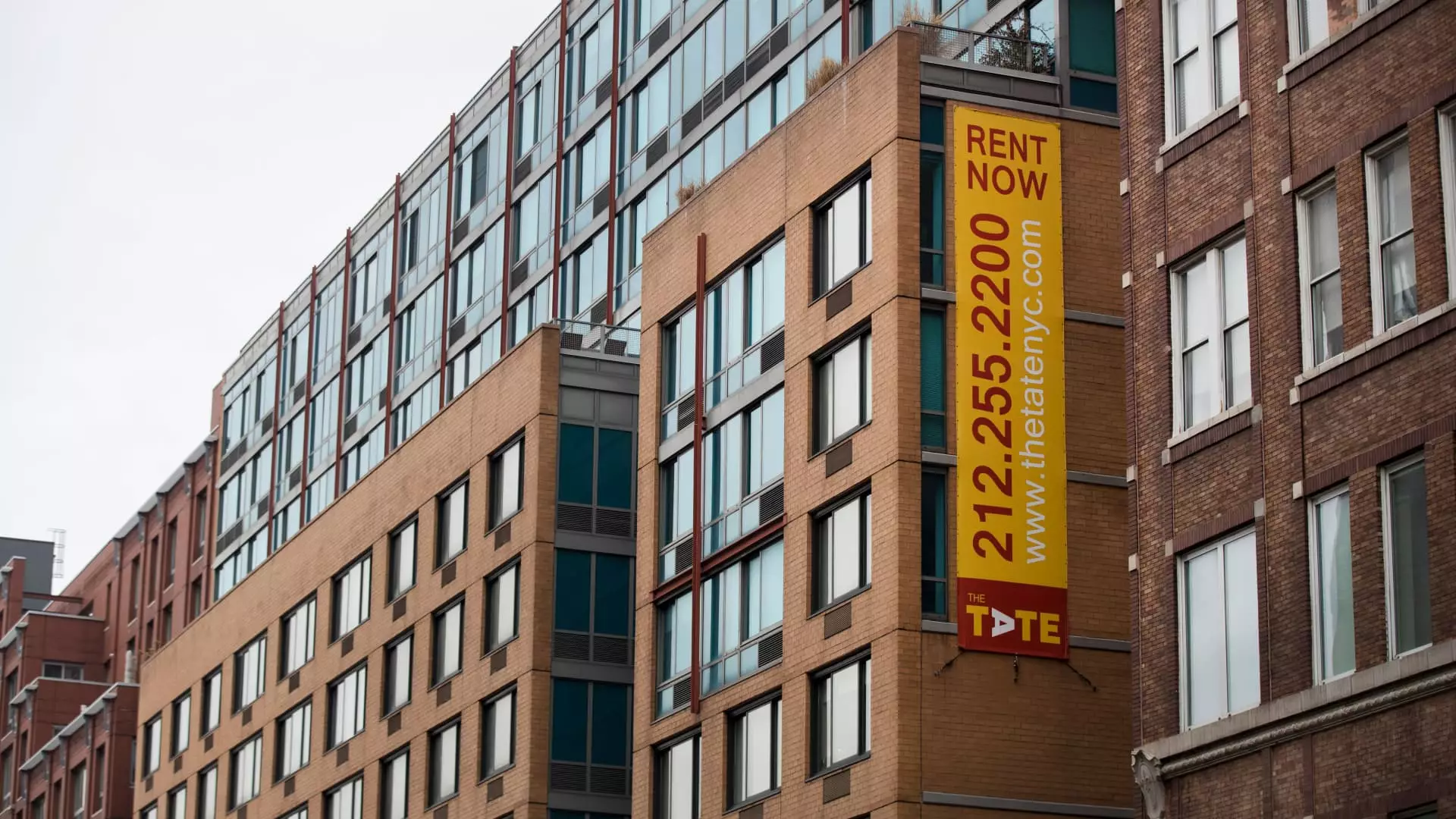As we cast our eye over the shifting landscape of urban housing, it becomes glaringly evident that renting is no longer merely an alternative to homeownership but the option of choice for many who seek flexibility in an era of economic uncertainty. Particularly in major metropolitan areas, where approximately 50% of renters typically find themselves moving at the end of their leases, an unusual phenomenon is taking shape. Turns out, the expected churn is faltering remarkably. Why? The answer lies within the intricacies of the housing market that are becoming ever more confounding.
Fear and Financial Constraints: The Homebuying Paradox
The failure of renters to transition into homeownership can largely be attributed to a market that has become untenably expensive for the average person. Real estate analyst Alex Goldfarb’s insights into a staggering 30% turnover rate, significantly lower than the industry average, underscore a fundamental shift in consumer behavior. Potential buyers are frozen in place, driven by a slew of anxiety-inducing factors: soaring prices, rising interest rates, and a broader economic climate fraught with instability. For the astute observer, it’s clear this trend signals a growing segment of the population choosing to remain in rental units over taking the financially precarious leap into homeownership.
Increased Rental Demand: A Boon for Landlords
The ramifications for landlords have been nothing short of favorable. With diminished turnover rates, they are not only capitalizing on renewals but also experiencing increased cash flow. This is a painful twist for those longing for homeownership, as landlords take advantage of the dwindling supply and rising demand to implement competitive pricing. Ironically, while renters face escalating prices, landlords are laughing all the way to the bank, benefiting from reduced turnover costs associated with repairs, painting, and cleaning.
Geographical Disparities: Urban vs. Suburban
Another dimension to this evolving landscape is the geographical migration of renters from densely populated cities to suburban locales. The current preference for larger, more comfortable living spaces reveals a cultural pivot once the pandemic reshaped our values. Major cities like San Francisco and Seattle are showing recovery signs, buoyed by the resuscitation of tech companies that reinforce a need for commercial space and, by extension, vibrant communities. However, as Goldfarb has advised, the Sunbelt regions could pose a risk as economic downturns might snatch away job security, revealing just how fragile this rental market can actually be.
A Turning Tide in Multifamily Housing
The multifamily rental markets are now experiencing something of a renaissance, evidenced by climbing rents and dwindling vacancies. With a year-over-year increase in rents of 0.9% and a multifamily vacancy rate dipping below the long-term average, the data is crystal clear: demand is outpacing supply. This situation is an indicator of a significant turning point, as noted by CBRE leader Kelli Carhart, suggesting that the multifamily sector is re-staging itself as an attractive investment.
If the narrative surrounding the rental market has changed so drastically, it begs a deeper inquiry: with such fascinating shifts in consumer behavior, could we be witnessing the end of the traditional narrative around homeownership? For many, the idea of putting down roots feels more like a liability than an asset, and the preference for renting will likely shape our cities for years to come.

